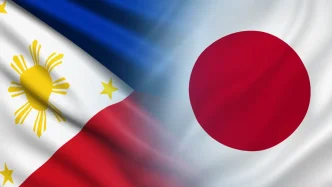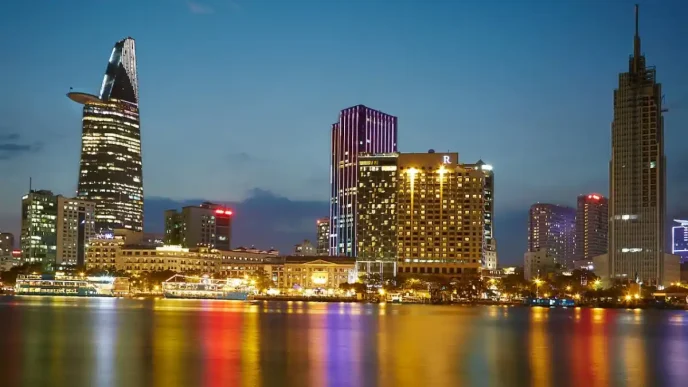Vietnam stands at a pivotal moment in its political journey, with potential reforms and policy shifts on the horizon as of early 2025. While specific details remain forthcoming, the nation’s leadership under the Communist Party of Vietnam (CPV) continues to navigate complex domestic and international challenges. This article explores the broader context of Vietnam’s political environment, offering insight into the stakes and expectations surrounding forthcoming developments.
The Current Political Climate
Vietnam’s political system, rooted in a single-party framework led by the CPV, has long balanced economic modernization with ideological consistency. Over the past decade, the country has emerged as a significant player in South East Asia, forging trade agreements and attracting foreign investment while maintaining strict control over political dissent. As of February 2025, analysts anticipate potential announcements or shifts in policy that could further shape Vietnam’s trajectory, though concrete information remains pending.
The importance of stability in Vietnam cannot be overstated. With a population of over 100 million and a rapidly growing economy, the decisions made in Hanoi resonate across the region. Any forthcoming changes—whether in governance structures, economic priorities, or social policies—could influence Vietnam’s role in global geopolitics, particularly in relation to powers like China and the United States.
Historical Context and Challenges
To understand Vietnam’s current position, it is essential to consider its recent history. The Doi Moi reforms of the late 1980s marked a turning point, transitioning the country from a centrally planned economy to a socialist-oriented market economy. This shift brought prosperity but also challenges, including income inequality and environmental degradation. Additionally, the CPV’s tight grip on power has often drawn criticism from international human rights groups, though the government maintains that its policies ensure national unity and security. For global readers, it is worth noting that the Vietnam Fatherland Front, a political coalition under the CPV’s leadership, plays a central role in mobilizing public support and managing civic organizations. This structure underscores the unique nature of Vietnam’s governance, where political participation is channeled through state-aligned mechanisms.
Potential Reforms and Speculative Analysis
While specific developments as of 10 February 2025 are not yet confirmed, there is speculation among observers about potential areas of focus for the CPV. If reforms are introduced, they may aim to address pressing issues such as corruption within state institutions or inefficiencies in public services. It must be emphasized, however, that no evidence currently confirms such initiatives, and any analysis remains conditional. If anti-corruption measures are prioritized, they could bolster public trust in governance, though implementation would likely face hurdles given the entrenched nature of certain practices. Similarly, if economic policies shift to attract more foreign direct investment, Vietnam could solidify its position as a manufacturing hub, albeit with potential trade-offs in labor standards or environmental protections. These possibilities are purely speculative at this stage and are presented with the disclaimer that official announcements are awaited.
Regional and International Implications
Vietnam’s political decisions do not occur in isolation. The country’s strategic location in South East Asia, bordering China and sitting along key maritime trade routes, amplifies the significance of its policies. Tensions in the South China Sea, where Vietnam has overlapping territorial claims with China, remain a flashpoint. Any political or military posturing in 2025 could have ripple effects across the Association of Southeast Asian Nations (ASEAN) and beyond.
Furthermore, Vietnam’s deepening ties with Western nations, including trade pacts like the Comprehensive and Progressive Agreement for Trans-Pacific Partnership (CPTPP), position it as a counterbalance to China’s influence. If Hanoi pursues further alignment with global partners, it may reshape regional dynamics, though such moves would need to be carefully calibrated to avoid provoking Beijing.
Public Sentiment and Domestic Perspectives
Within Vietnam, public sentiment on political matters often reflects a mix of pragmatism and restraint. While open criticism of the government is limited due to legal restrictions, there is a palpable desire among citizens for continued economic growth and improved living standards. Social media platforms, though monitored, occasionally reveal undercurrents of frustration over issues like land disputes or bureaucratic red tape. These perspectives, while not fully representative, highlight the nuanced relationship between the state and its people. On the other hand, the government frequently emphasizes its achievements, such as poverty reduction and infrastructure development. State media outlets often frame the CPV’s leadership as indispensable to Vietnam’s progress, a narrative that resonates with many citizens, particularly in rural areas.
As Vietnam moves through 2025, the eyes of the region and the world remain on Hanoi. While this article cannot predict specific outcomes without concrete developments, it underscores the broader forces at play—economic ambitions, geopolitical tensions, and domestic expectations. The CPV’s ability to address these challenges while maintaining its authority will likely define Vietnam’s path in the coming years.
For now, stakeholders and observers alike await further clarity. Whether the anticipated developments of early 2025 materialize into substantive change or remain speculative, Vietnam’s political story continues to unfold with global significance.













